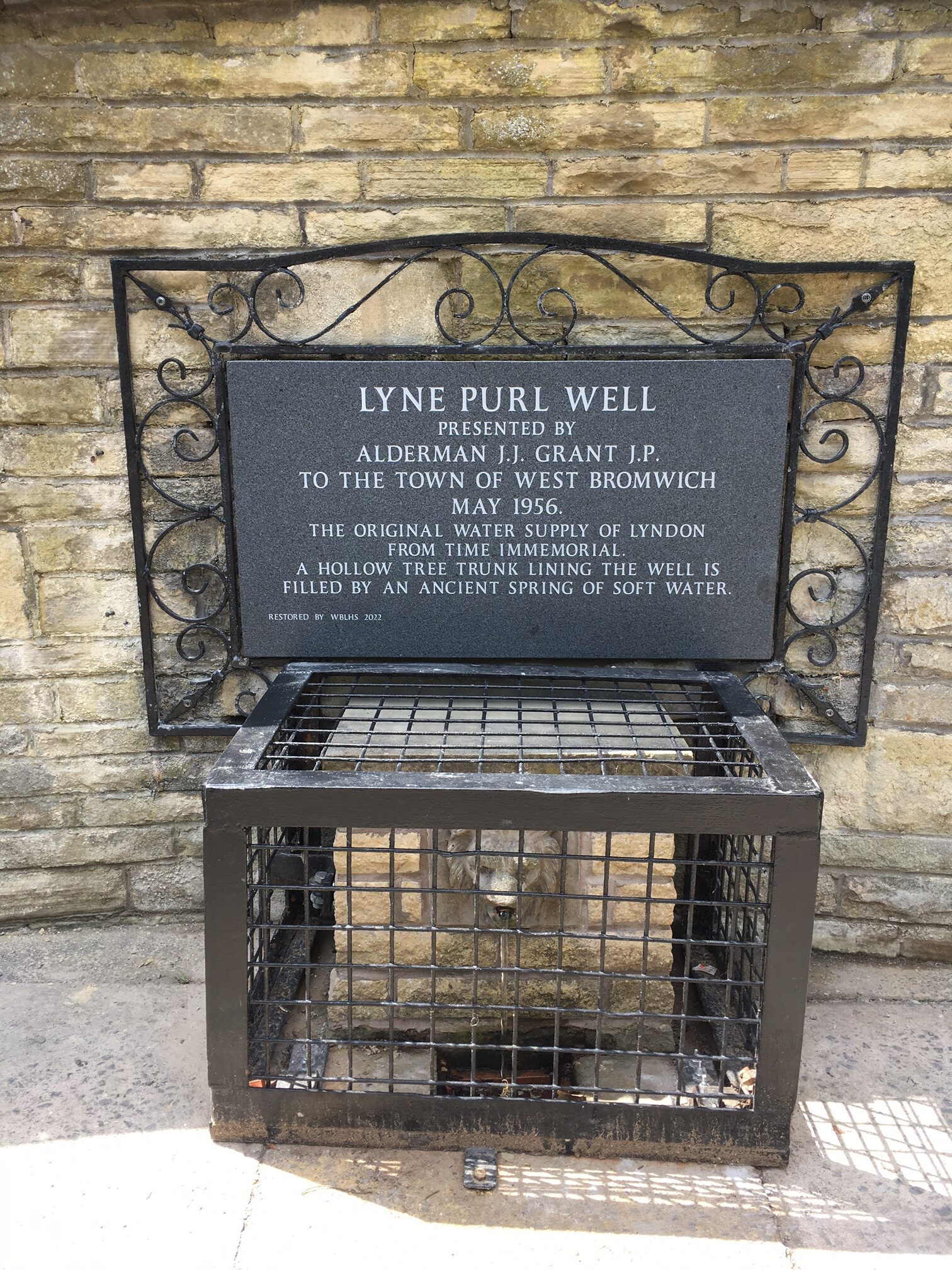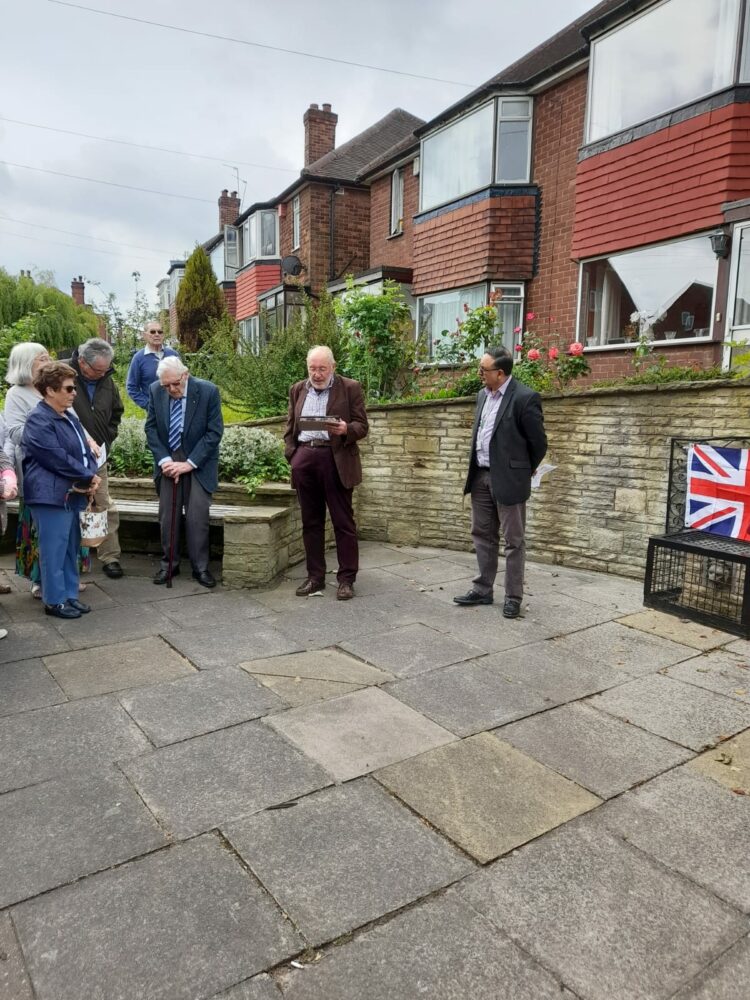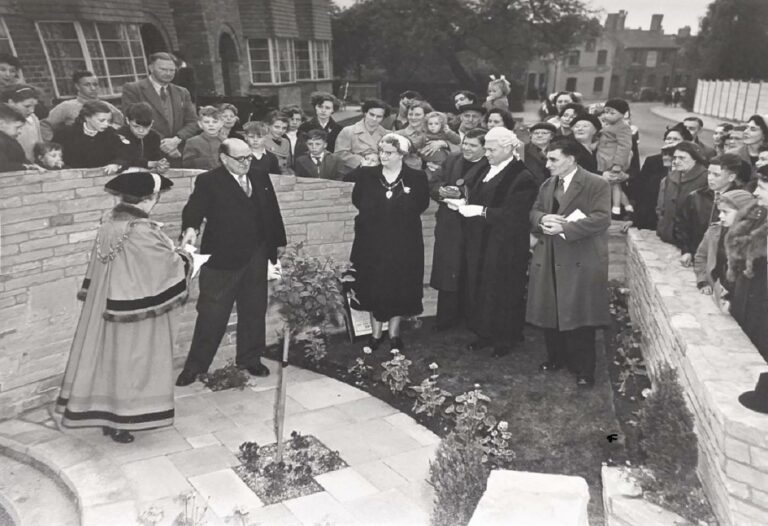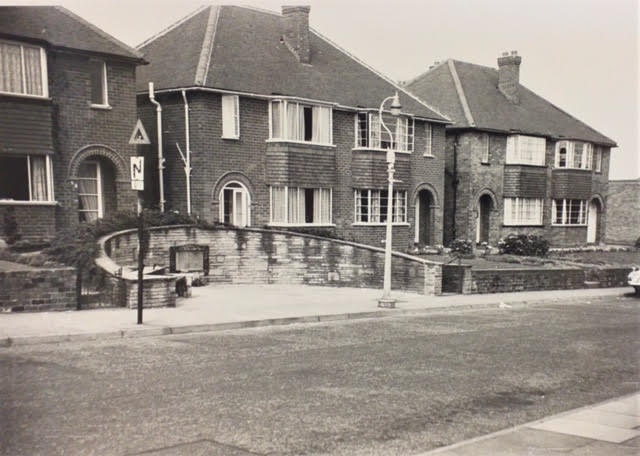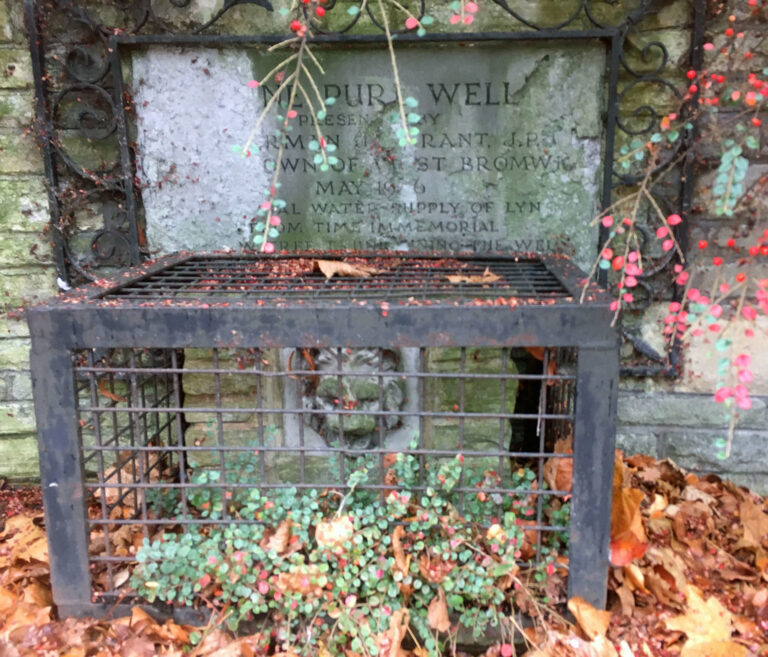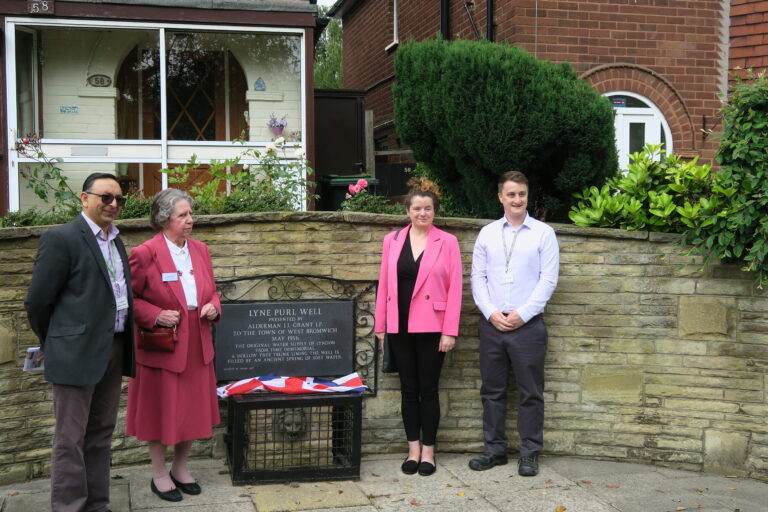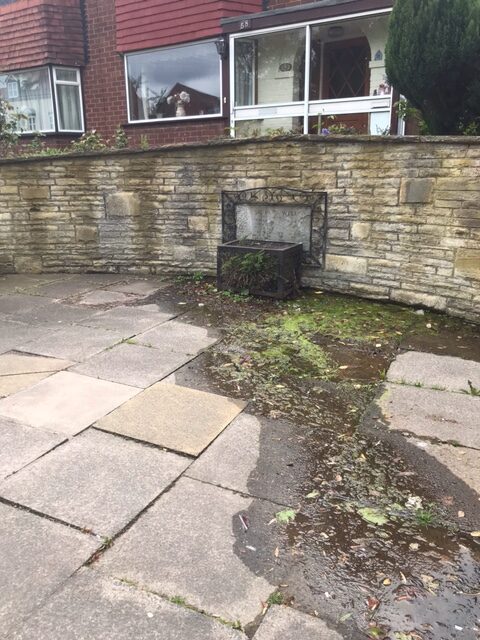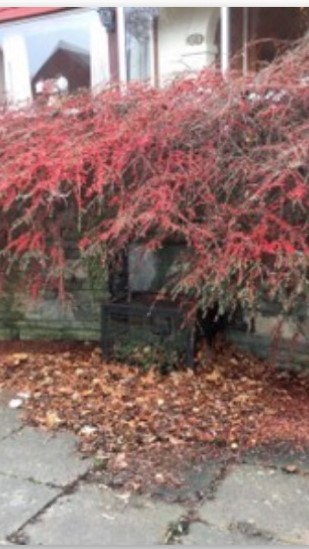"In olden days when the spring purled through an open country, its pure waters were without doubt a beneficent boon to the sparse population around it." HACKWOOD 1895
Lyndon possibly named after the Lime or Lyndon tree.
Lyndon was one of the early villages in the area close to St Clement’s Church (later All Saints Church) . Any settlement would need a supply of fresh water and Lyndon had a good spring of pure water.
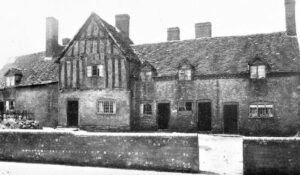 In living memory there were very old buildings at Lyndon. The Hollyoak Farm, barns and cottages dated from the reign of Mary 1553/1558. They were demolished in the 1940’s.
In living memory there were very old buildings at Lyndon. The Hollyoak Farm, barns and cottages dated from the reign of Mary 1553/1558. They were demolished in the 1940’s.
The original name of the farm building was Line or Lindon House and formed part of the estate of the Lowe family. Back in 1943 Jephcott wrote that there were indications that the farmstead at one period occupied most, if not the whole, of the rectangular site now bounded by Cottrell Street, Hallam Street, Lewisham Street and Lyndon. At that time portions of the old boundary wall were still in existance.
Over the years there were several attempts to close off or re-route the water from the well but these were always prevented by the public. In 1848 George ‘Barber’ Wilkes, a local agitator, was outraged at the proposed closing of the well and led the local opposition to it. A great number of people gathered at the site and tore down the walls that had been built to enclose the well. Saving it from destruction Barber Wilkes became known as the “Defender of Lyndon Pearl Well”.
E.W. of Lyndon wrote this poem at that time:
Lyndon Pearl’s a precious fountain
Always flowing fresh for we.
Thousand of tons from it’s been taken,
Still it’s full for you and me.
Draw your water, take it home for money free.
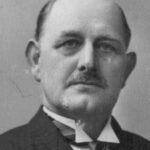 In 1940 Alderman John J. Grant bought land in Lyndon. On that land was Lyne Purl Well, providing water from a nearby spring which was believed to have healing properties. Was it really excellent for correcting weak eyes, short-sightednesss and a variety of other eye disorders as reported by many of the elderly locals? Grant said, “All the old people are sure the water is good for bathing bad eyes in, but I’ve never met anybody who had heard of a case actually cured by the use of it”.
In 1940 Alderman John J. Grant bought land in Lyndon. On that land was Lyne Purl Well, providing water from a nearby spring which was believed to have healing properties. Was it really excellent for correcting weak eyes, short-sightednesss and a variety of other eye disorders as reported by many of the elderly locals? Grant said, “All the old people are sure the water is good for bathing bad eyes in, but I’ve never met anybody who had heard of a case actually cured by the use of it”.
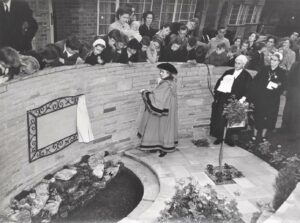 In 1956 he kept his promise to enclose the spring in a stone casing and make its water available for the use of the public. He also presented the deeds covering the well to the town to mark the term of office of his wife Mrs. E.W.Grant as Mayor of West Bromwich.
In 1956 he kept his promise to enclose the spring in a stone casing and make its water available for the use of the public. He also presented the deeds covering the well to the town to mark the term of office of his wife Mrs. E.W.Grant as Mayor of West Bromwich.
By 2022 this important memorial had become forgotten and neglected and the Grant plaque had crumbled. Again the local people raised their concerns about the state of this important bit our town’s history and by a joint effort between the members of West Bromwich Local History Society and Sandwell M.B.C. the area has been restored and a replacement plaque installed. Access to the water is no longer permitted due to environmental pollution but never-the-less the sound of the gurgling water can still be heard from this most ancient of the town landmarks.
Lyne Purl Well
By Christine D’Agostino for W.B.L.H.S. 2023
In ancient times stood a Linden Tree
In a dell near Bromwich Heath.
From its hollow trunk there surged a spring
From a purling stream beneath.
A settlement grew around this place
For the water was soft and clear.
Oliver Cromwell passed this way
So his horse could drink, we hear.
In the year sixteen hundred and six
The Manorial Court forbade
The washing of clothes and animals there
Because of the mess it made.
Would the water-sprites be angry
That the spring was not revered?
They might bewitch the waters
And the well run dry, it was feared.
But no, the spring continued to surge,
Lyndon’s main supply.
The people used the water
And two hundred years went by.
It was in eighteen forty eight
That drinking from springs was banned.
By then there was a piped supply
To most of the homes in the land.
But people continued to visit Lyne Purl
For the water was soft and pure.
Soothing and gentle on the skin
And for tired eyes a cure.
In the nineteen-fifties
New homes were built on the site
And Alderman Grant, who owned the land,
Thought preserving Lyne Purl was right.
So a decorative wall, a garden
And a plaque explaining the well
Were placed at the site of Lyne Purl spring
Its history and story to tell.
Thanks to local concern and care
Lyne Purl was restored anew.
The plaque replaced and
The well made safe
In twenty-twenty-two.
Reeves book of 1836 tells us, "Lyne once had its market with a market house which stood in the corner as you go up Hargate Lane, opposite the old preaching house. Within a few yards of the cross was the prison and the stocks"

